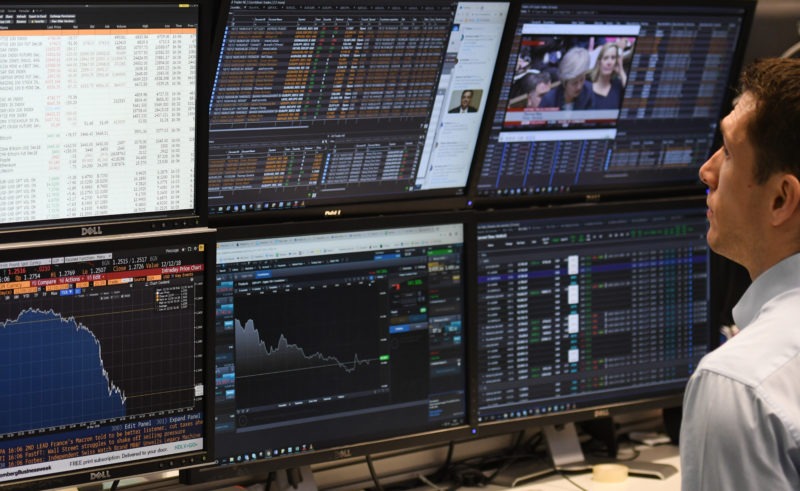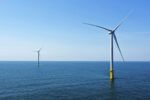Financial markets embrace brave new world of AI
Algorithms have long been used, for example, to trade a security if it breaches a certain level — but there has been criticism over ‘flash crashes’ blamed on high-frequency deals (Daniel SORABJI)
London (AFP) – Artificial Intelligence has spread rapidly across markets in recent years as traders constantly strive to gain the upper hand, while regulators have given a guarded welcome to the cutting-edge technology.
High-frequency trading propelled by algorithms has reigned over the past decade, as banks and funds take advantage of small price fluctuations on many markets to carry out thousands of deals in a fraction of a second.
Complex mathematical equations have long been used to conduct certain operations — for example, selling or buying a security if it breaches a certain level.
Yet algorithms have come under fierce criticism over “flash crashes”, such as a dizzying slump in the British pound in October 2016 that was widely blamed on high-frequency deals.
Artificial Intelligence now seeks to take trading into new realms, where “machine learning” (ML) software compares dozens of databases in the blink of an eye to monitor risk.
A computer identifies trends and market correlations, runs models, forecasts outcomes, and arrives at the decision to buy or sell by itself.
AI can assist investment funds and portfolio managers to manage risk — and pick which stocks are best for which clients.
Banks deploy AI to help detect fraudulent activity, stop computer attacks and lower costs, while they also use it to set product interest rates — and analyse risk profiles of loan applicants.
– Anticipating storms –
Survey evidence suggests AI will gain more traction in the financial services sector in the coming years.
Data analytics firm Greenwich Associates, which conducted a recent study of market professionals, says more than half of respondents believe they will have incorporated AI over the next two years.
Israeli technology startup SparkBeyond is a data-crunching platform that seeks to harness AI for problem-solving.
SparkBeyond uses machine-learning to think outside of the box — and test outcomes that might not seem obvious, according to Edward Janvrin, who heads its Europe, Middle East and Africa division.
For example, most people might assume that proximity to a hospital might be the best predictor of survival after a telephone call to emergency services.
Yet SparkBeyond software analysed millions of pieces of data within a few minutes and concluded that the best predictive factor is proximity to a fire station, according to Janvrin, who applies the same logic to trading.
Global financial regulators can also deploy AI to try to anticipate storms on the horizon.
The Commodities and Futures Trading Commission (CFTC) warns the process is not without pitfalls — but admits that AI still possesses “strengths” in monitoring risk.
“Predicting catastrophic market events, such as the cascading defaults of 2008, is like predicting the weather,” the CFTC said in a recent report.
– Amplified risks –
“There are many variables, which can generate diverging predictions, and some key information may be overlooked or not available. This can impede corrective action.
“A strength of AI is its ability to identify correlations in vast data sets. Such correlations can be helpful in systemic risk monitoring, it’s clear that a solid majority of market participants … soon will be using AI in the securities trading process.”
The Bank of England, meanwhile, has also given a cautious analysis.
“In the financial services industry, the application of machine learning methods has the potential to improve outcomes for both businesses and consumers,” it said in a separate report.
“At the same time, existing risks may be amplified if governance and controls do not keep pace with technological developments.”
Vasant Dhar, professor of information systems at New York University Stern School of Business, added, however, that AI trade would always be safer than purely human-led decisions.
Dhar added that any AI system has a human safeguard as a fallback option.
But he cautioned that humans would not necessarily recognise a system failure or make the right call. “Consider the fact that humans can make bad decisions as well. You can’t assume that the human in the loop will make the right decision,” Dhar told AFP.
Disclaimer: Validity of the above story is for 7 Days from original date of publishing. Source: AFP.


